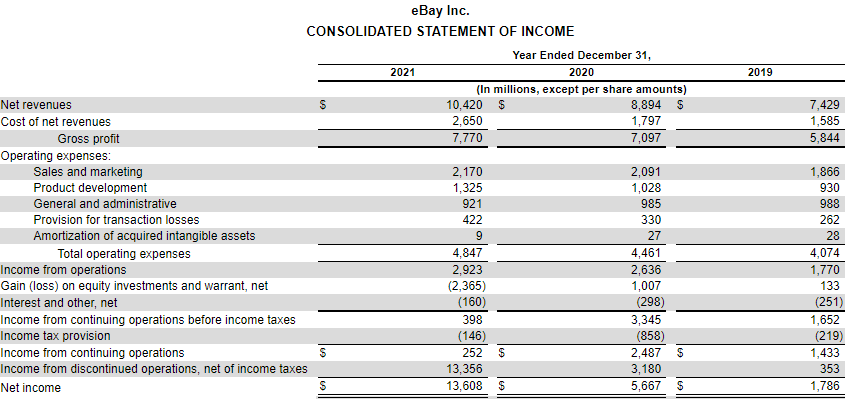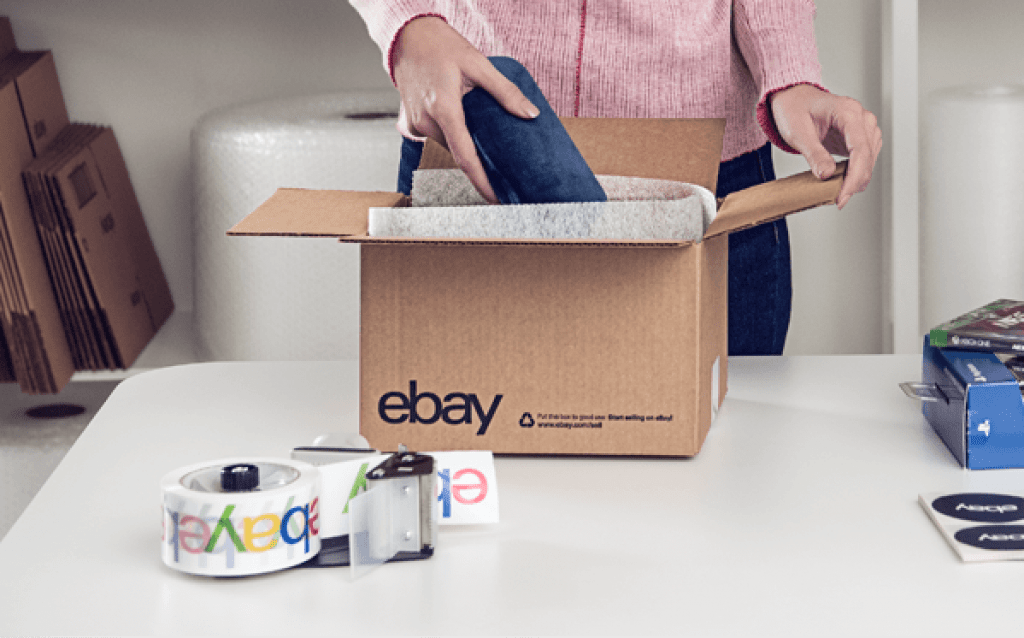The eBay business model and pricing are designed so that your business is successful when your sellers are successful.
eBay is a world leader in commerce through its marketplace platforms that connect millions of buyers and sellers in more than 190 markets around the world.
Platforms include its online marketplace located at www.ebay.com and its localized counterparts, including off-platform businesses in Japan and Turkey, as well as eBay’s suite of mobile applications.

Its platforms can be accessed through an online experience (for example, desktops and laptops), iOS and Android mobile devices (for example, smartphones and tablets), and its application programming interfaces (APIs, access to the platform for third-party software developers).
As a global trade and third-party marketplace leader, the company’s technologies and services are designed to provide buyers with choice and a variety of relevant inventory from around the world.
Business strategy
Mostly, the company earns revenue through fees charged for paid sales, payment processing, and self-advertising.
eBay’s strategy is to leverage technology to enhance the marketplace experience for its customers to drive Gross Merchandise Volume (GMV) growth while increasing the rate of revenue growth through your advertising and managed payment initiatives and offer healthy operating margins.
In 2020, the company embarked on a multi-year journey to create more compelling category experiences for enthusiastic consumers, become the partner of choice for sellers, and strengthen trust in buyer relationships on its platforms.
eBay earned the most GMV in 2021 from the following product categories: Parts & Accessories, Consumer Electronics, and Home & Garden.
During 2021, the company completed the migration of eBay Managed Payments across all marketplaces, providing buyers and sellers with a simplified end-to-end checkout experience.
Through managed payments, the company is able to provide a seamless experience for current and next-generation customers, in line with today’s retail standards.
In doing so, it gives buyers more flexibility and choice in how they’d like to pay, and it gives sellers an easier way to run their business.
Lastly, your advertising business remains focused on growing your Promoted Listings offerings (your proprietary advertising products) while reducing non-strategic third-party advertising.
![]()

